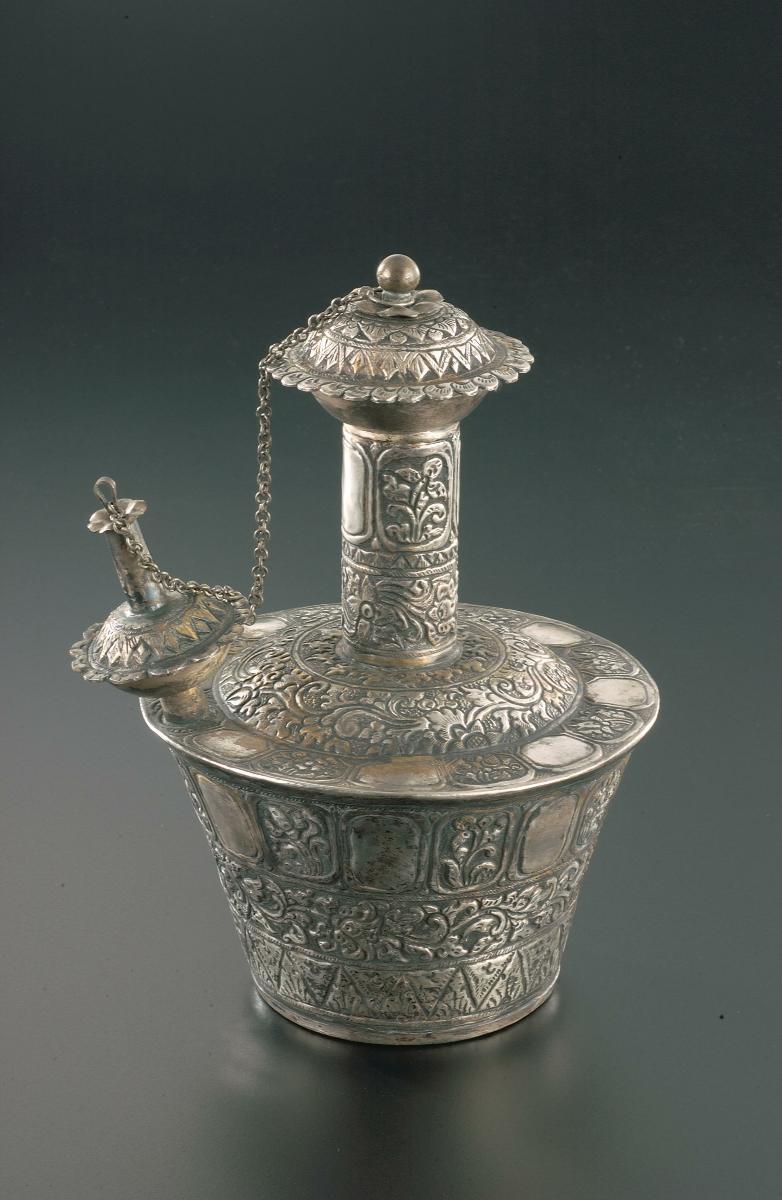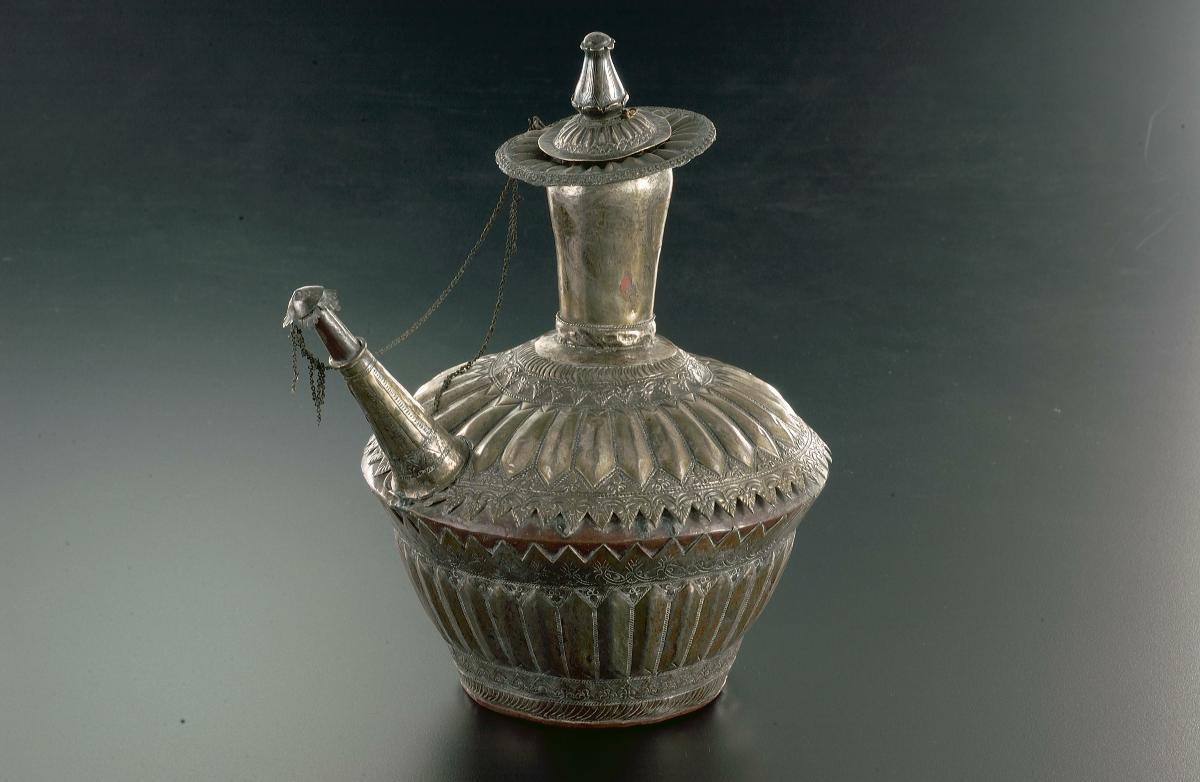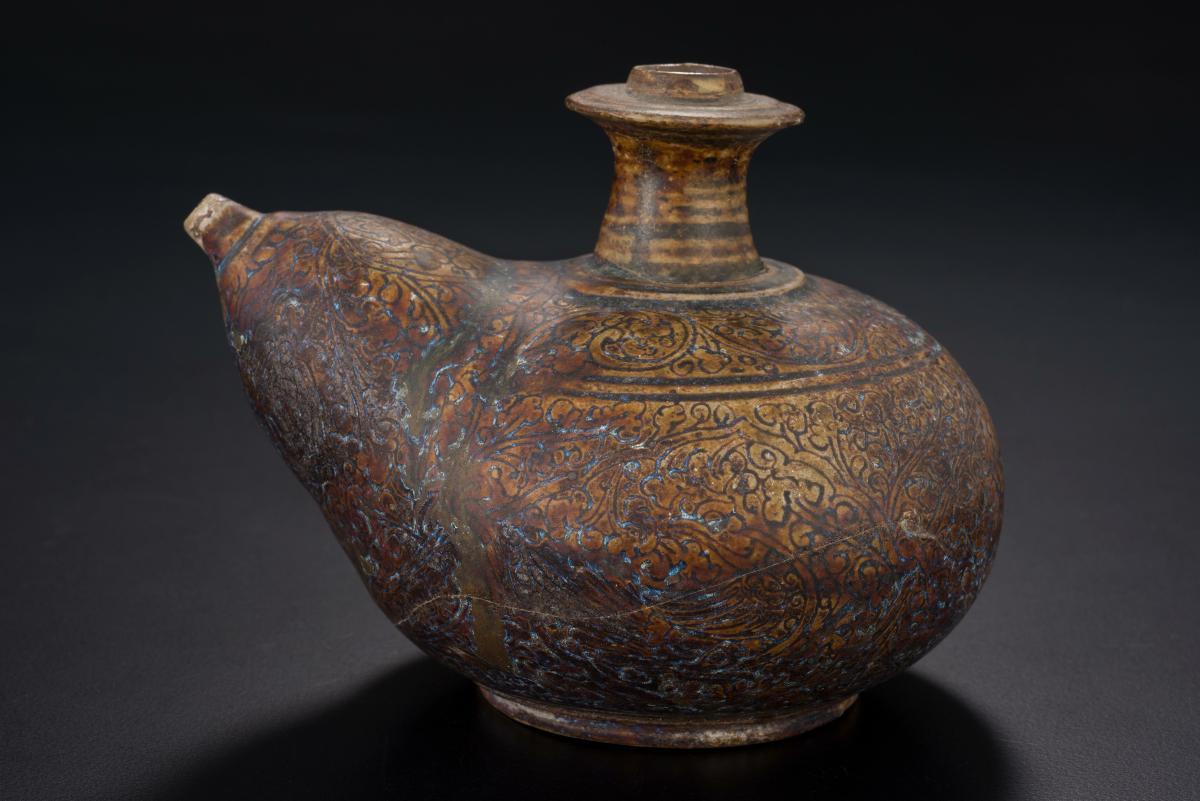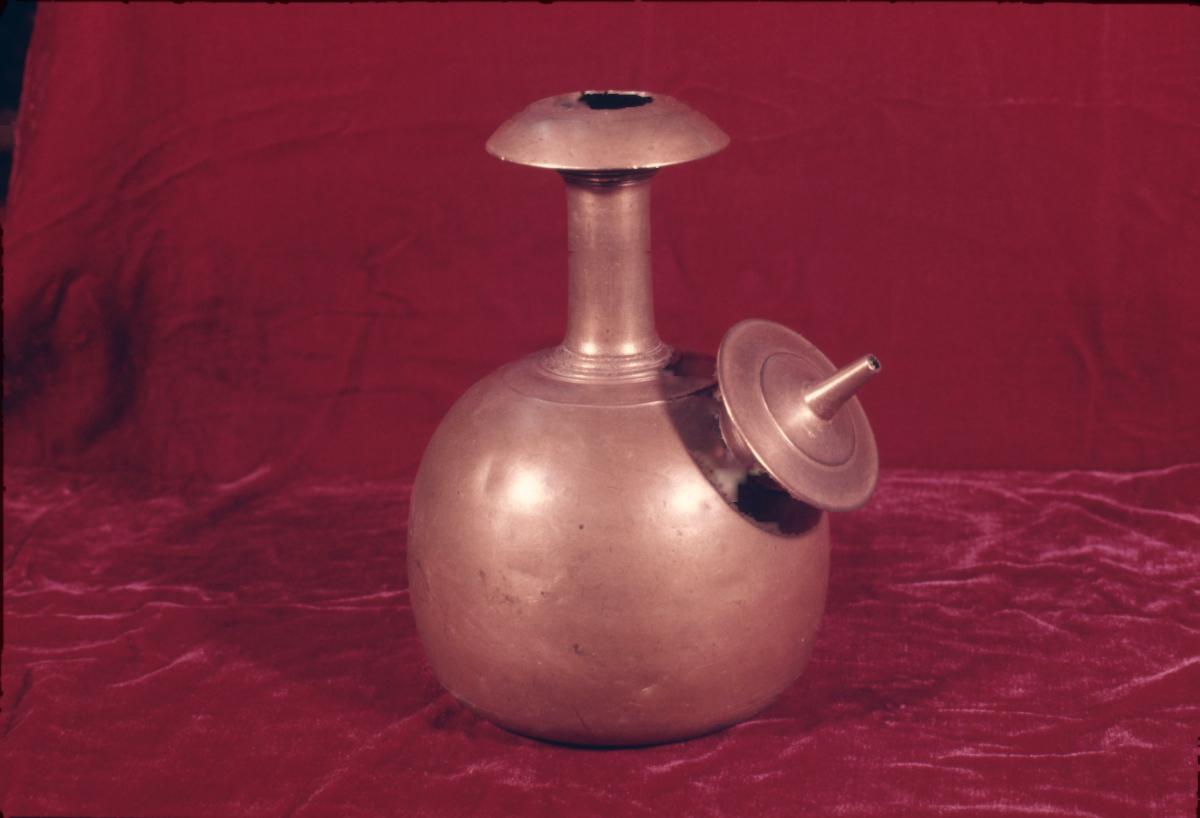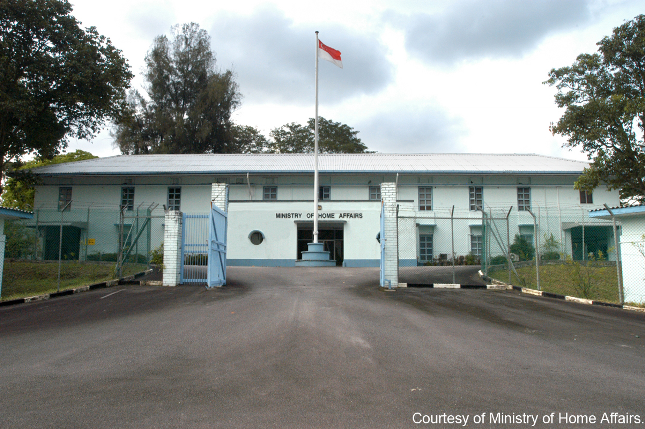This bronze, boat-shaped vessel has a form derived from Indian ritual water-pouring vessels known as ‘kundika’. It has a spout in the shape of a chicken head and four feet that look like animal paws. The kendi is decorated with triangular and floral motifs.The ‘kendi’ as it is known in Southeast Asia, was reproduced in metal and ceramics in many parts of the region. A typical kendi has a bulbous body, a neck which is used for holding the vessel and a spout. The tradition of using kendi in Hindu-Buddhist rituals suggests that this type of vessel originated from India. Kendi have been used in Southeast Asia for at least a thousand years, as indicated by depictions on temple wall reliefs dating back to 9th century CE. They include locally made earthenware kendi as well as glazed wares from China, Japan, Thailand and Vietnam. These were part of the lively international trade in ceramics and other commodities that resulted in stylistic exchanges. Kendi were used for a wide range of purposes in addition to their primary function as a pouring and drinking container. In Southeast Asia, kendi were important as ritual pouring vessels used in weddings and other ceremonies. Miniature kendi were likely to have been medicine containers or toys. In Java, they were used in nuptial proceedings when the bride bathed the groom's feet with water poured from a kendi.





